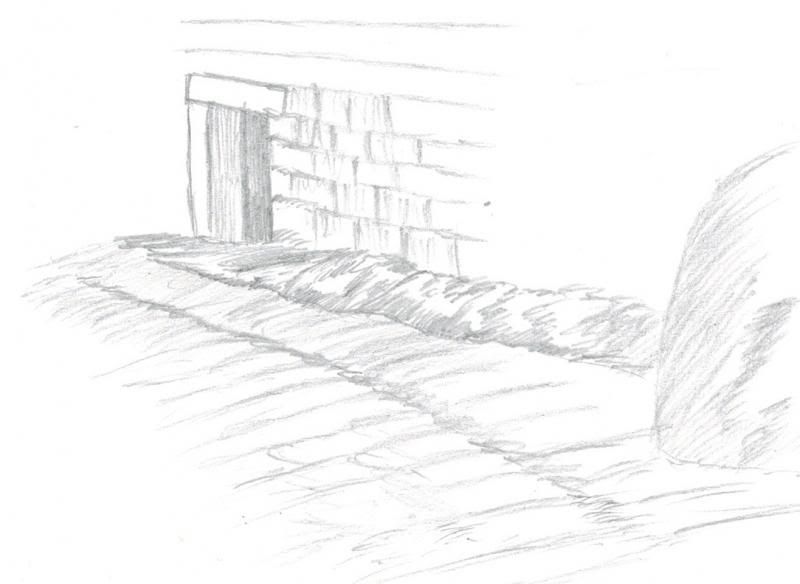That is the fact that despite the seeming relevance of his evidence, Schwartz did not appear at the Stride inquest, he was not mentioned at the Stride inquest, and his evidence (and suspect) were not mentioned at the Stride inquest.
In my opinion there is only one explanation for this, especially as we know that his statement was not considered at the inquest.
Bearing in mind that as late as 6th November someone as senior as Sir Charles Warren himself refers positively to Schwartz's Inquest evidence (presumably mistakenly) then they certainly didn't at that stage discredit him...so the non-appearance in the Inquest evidence as (not) reported in the Press certainly wasn't down to disbelief.
With regard to your second post, I agree Swanson kept an open mind as to whether or not what Schwartz saw was the murder or an earlier and separate assault...Swanson was obviously a good copper...
All the best
Dave

 described the yard in detail:
described the yard in detail:
Leave a comment: